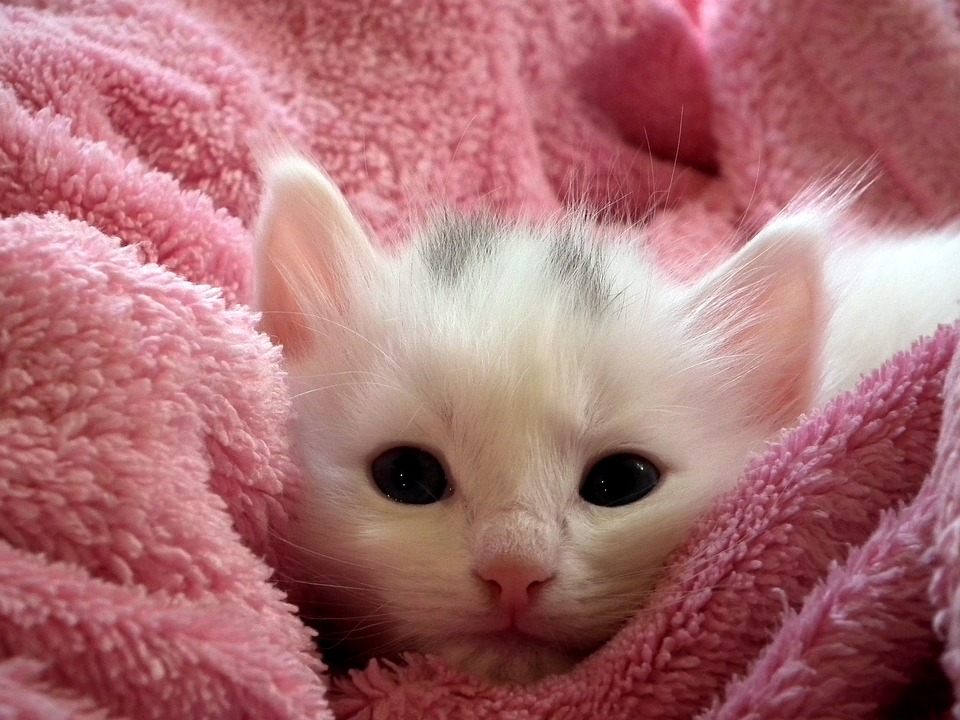Introduction:
Maintaining a healthy weight is crucial for your feline friend’s overall well-being. Obesity in cats can lead to numerous health issues, including diabetes, joint problems, and a decreased lifespan. This comprehensive guide will provide you with valuable insights and practical tips to manage your cat’s weight effectively.
I. Understanding the Importance of Weight Management
a. The Risks of Obesity in Cats:
Obesity in cats can lead to various health problems such as diabetes, heart disease, arthritis, and urinary tract issues. It can also put additional strain on their joints, leading to mobility issues and a decreased quality of life.
b. Ideal Weight Ranges for Different Breeds:
Different cat breeds have different ideal weight ranges. It is important to understand the ideal weight range for your cat’s specific breed to ensure they maintain a healthy weight.
c. Impact of Weight on Your Cat’s Health:
Weight plays a significant role in your cat’s overall health. It affects their energy levels, immune system, and longevity. Maintaining a healthy weight is essential for their overall well-being.
II. Identifying Signs of Overweight Cats
a. Visual Cues: Body Shape and Proportions:
Observing your cat’s body shape and proportions can give you a good indication of whether they are overweight. Look for a visible waistline and a proportionate body shape.
b. Physical Indicators: Difficulty Grooming, Mobility Issues:
Overweight cats may have difficulty grooming themselves properly, leading to a dull or unkempt coat. They may also have mobility issues, such as difficulty jumping or climbing.
c. Assessing Your Cat’s Body Condition Score:
A body condition score is a numerical rating that helps determine if your cat is underweight, overweight, or at an ideal weight. It involves evaluating their body shape, fat cover, and overall condition.
III. Establishing a Healthy Diet Plan
a. Consultation with a Veterinarian:
Before making any changes to your cat’s diet, it is important to consult with a veterinarian. They can assess your cat’s current health status and provide personalized recommendations.
b. Determining Caloric Needs:
Your cat’s caloric needs depend on factors such as their age, activity level, and overall health. Your veterinarian can help you determine the appropriate number of calories your cat should consume daily.
c. Selecting the Right Cat Food:
Choosing high-quality cat food that is specifically formulated for weight management is essential. Look for options that are low in calories and fat but still provide all the necessary nutrients.
d. Portion Control and Feeding Schedule:
Controlling portion sizes and establishing a regular feeding schedule are crucial for managing your cat’s weight. Avoid free-feeding and measure out the appropriate amount of food for each meal.
IV. Promoting Physical Activity
a. Encouraging Playtime and Interactive Toys:
Engaging your cat in interactive play sessions can help increase their physical activity levels. Use toys that encourage them to run, jump, and chase to keep them active and entertained.
b. Creating an Enriched Environment:
Provide plenty of opportunities for your cat to explore and engage in natural behaviors. This can include scratching posts, climbing trees, and puzzle toys that stimulate their mind and body.
c. Incorporating Exercise Routines:
Introduce exercise routines such as leash training or using a cat exercise wheel. These activities can help burn calories and improve your cat’s overall fitness.
V. Overcoming Challenges and Roadblocks
a. Dealing with Picky Eaters:
If your cat is a picky eater, try offering a variety of healthy options and gradually transitioning to a new diet. Consult with your veterinarian for additional strategies to encourage your cat to eat.
b. Cat Treats: Choosing Healthy Alternatives:
Instead of high-calorie treats, opt for healthier alternatives such as freeze-dried meat or small portions of cooked chicken. Be mindful of the overall calorie intake from treats.
c. Dealing with Multiple Cats and Their Dietary Needs:
If you have multiple cats with different dietary needs, consider feeding them separately to ensure each cat receives the appropriate amount of food. Consult with your veterinarian for personalized advice.
VI. Monitoring Your Cat’s Progress
a. Regular Weigh-ins and Body Condition Scoring:
Regular weigh-ins and body condition scoring can help you track your cat’s progress. Keep a record of their weight and body condition score to monitor any changes.
b. Tracking Your Cat’s Activity Levels:
Use a tracking device or a pedometer to monitor your cat’s activity levels. This can help you ensure they are getting enough exercise on a daily basis.
c. Recognizing Positive Changes:
As your cat progresses towards a healthy weight, you may notice positive changes in their energy levels, coat condition, and overall well-being. Celebrate these milestones and continue to provide them with the care they need.
Conclusion:
Managing your cat’s weight is a crucial aspect of responsible pet ownership. By understanding the risks associated with obesity and implementing a comprehensive weight management plan, you can improve your cat’s health and enhance their quality of life. Remember to consult with your veterinarian regularly for guidance and support throughout this journey.








